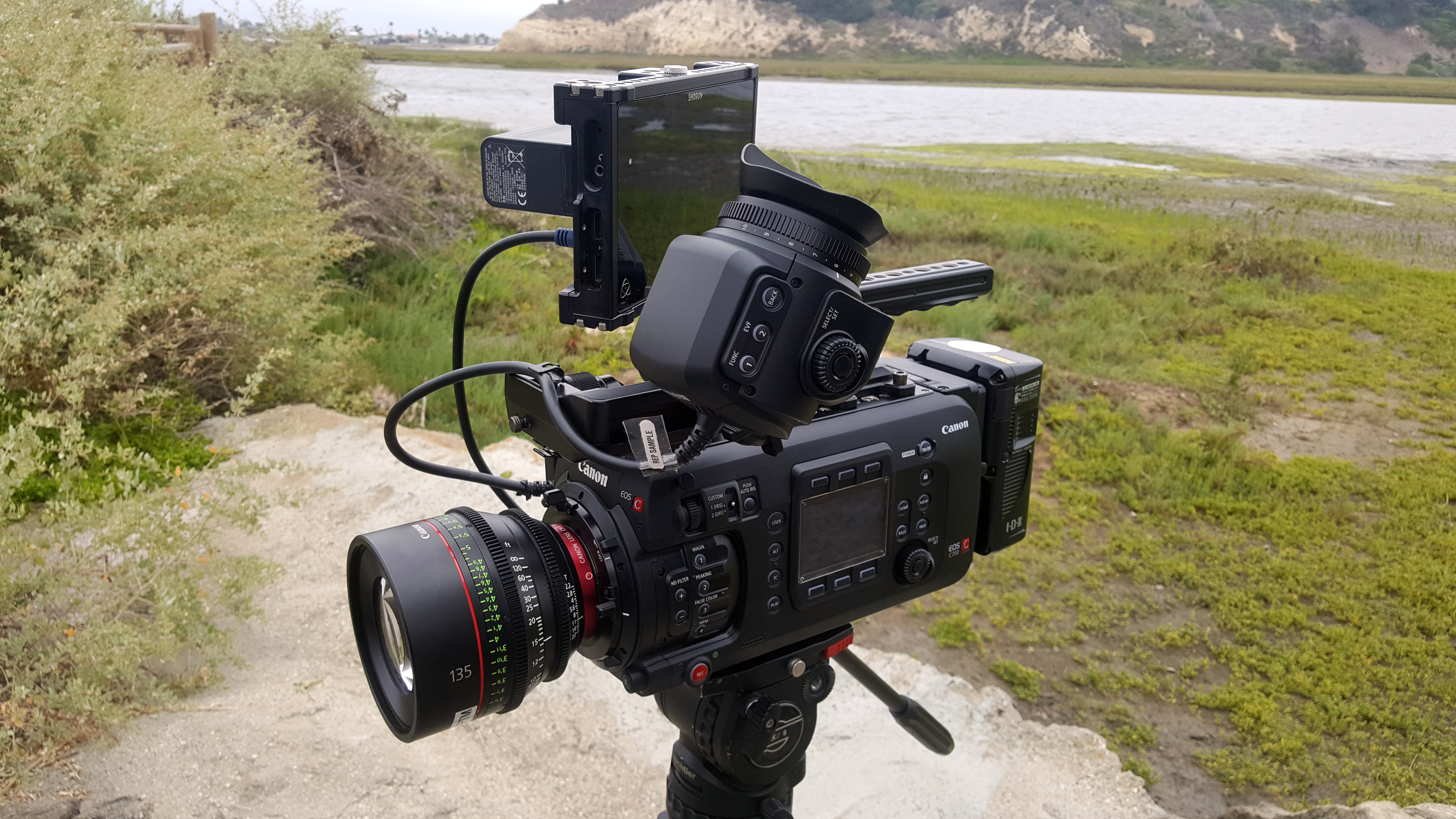|
Prestwich Camera
Prestwich Camera was a cine camera eventually fitted with external magazines capable of holding up of film. Several types of "Prestwich Camera" were manufactured in the late 19th century. One of the earliest designs of this type held of film—more film than any other camera of the age. According to Carl Louis Gregory, ::''An advertisement in Hopwood's "Living Pictures" edition of 1899 offers the "Prestwich" specialties for animated photography -- "nine different models of cameras and projectors in three sizes for l/2-inch, 1 3/8-inch and 2 3/8-inch width of film." '' See also History of cinema References *Coe, Brian. ''The History of Movie Photography''; Eastview Editions, 1981 *Gregory, Carl Louis "The Early History of Wide Films: Being a Peek into the Past that is Both Interesting and Enlightening"published in American Cinematographer (January, 1930) *Toulmin, Vanessa et al. (eds.), ''The Lost World of Mitchell and Kenyon: Edwardian Britain on Film'', London, British Film ... [...More Info...] [...Related Items...] OR: [Wikipedia] [Google] [Baidu] |
Cine Camera
A movie camera (also known as a film camera and cine-camera) is a type of photographic camera that rapidly takes a sequence of photographs, either on an image sensor or onto film stock, in order to produce a moving image to project onto a movie screen. In contrast to the still camera, which captures a single image at a time, by way of an intermittent mechanism, the movie camera takes a series of images; each image is a ''frame'' of film. The strips of frames are projected through a movie projector at a specific frame rate (number of frames per second) to show a moving picture. When projected at a given frame rate, the persistence of vision allows the eyes and brain of the viewer to merge the separate frames into a continuous moving picture. History An interesting forerunner to the movie camera was the machine invented by Francis Ronalds at the Kew Observatory in 1845. A photosensitive surface was drawn slowly past the aperture diaphragm of the camera by a clockwork mechanism to e ... [...More Info...] [...Related Items...] OR: [Wikipedia] [Google] [Baidu] |
History Of Cinema
The history of film chronicles the development of a visual art, visual art form created using history of film technology, film technologies that began in the late 19th century. The advent of film as an artistic medium is not clearly defined. However, the commercial, public screening of ten of the Auguste and Louis Lumière, Lumière brothers' short films in Paris on 28 December 1895 can be regarded as the breakthrough of projected cinematography, cinematographic motion pictures. There had been earlier cinematographic results and screenings by others like the Max Skladanowsky, Skladanowsky brothers, who used their self-made Bioscop to display the first moving picture show to a paying audience on 1 November 1895 in Berlin, but they lacked neither the quality, financial backing, stamina, or the luck to find the momentum that propelled the cinématographe Lumière into worldwide success. Those earliest films were in black and white, under a minute long, without recorded sound and ... [...More Info...] [...Related Items...] OR: [Wikipedia] [Google] [Baidu] |

